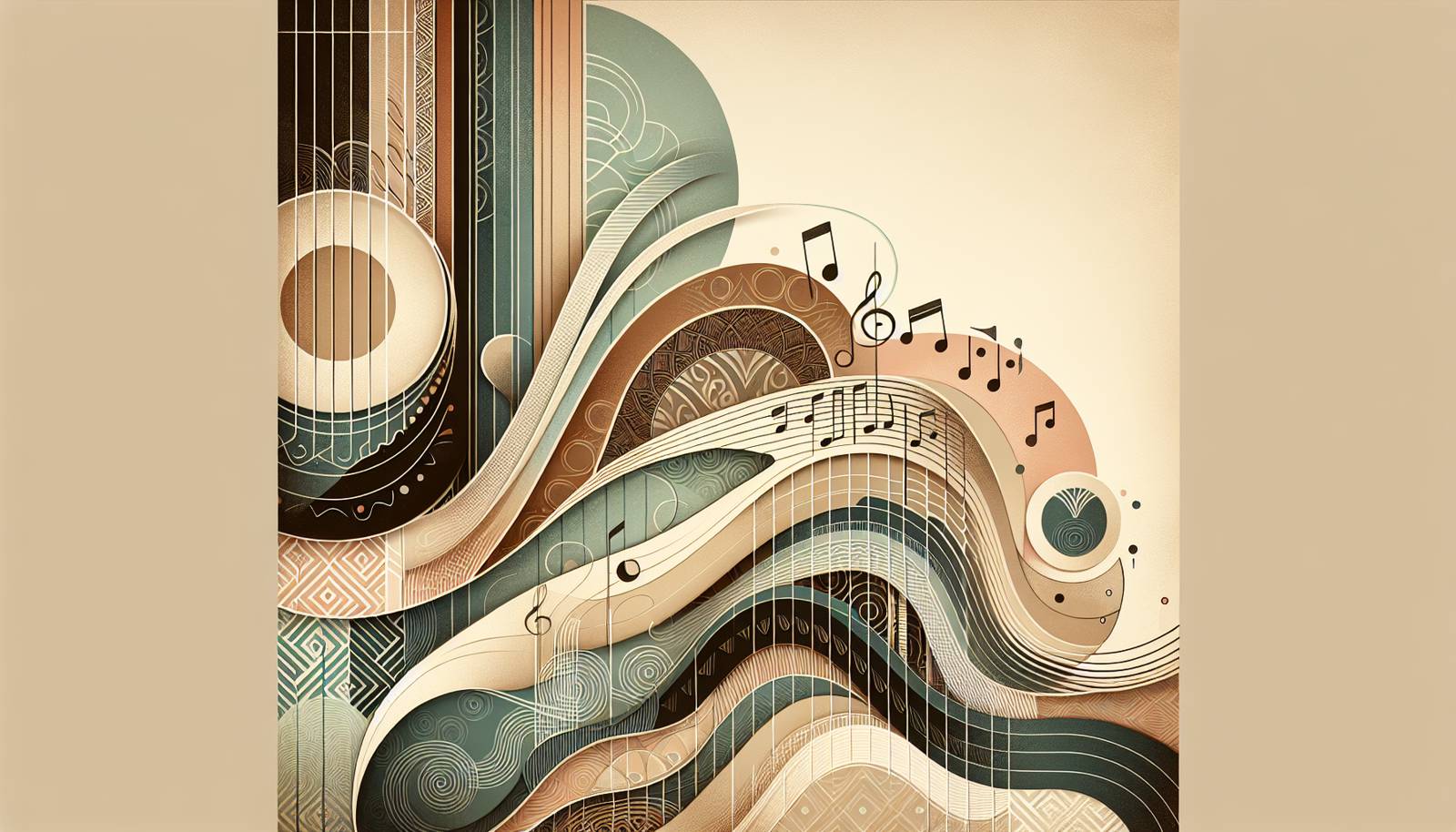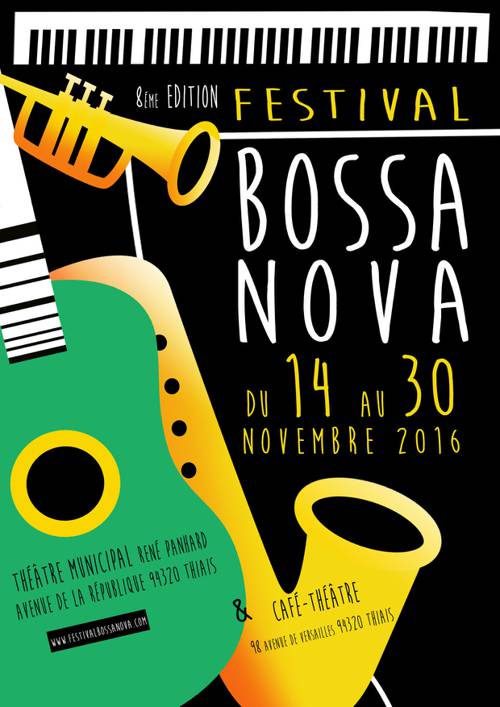
FAQ About The Role of Bossa Nova in Cultural Fusion

What is Bossa Nova music?
Bossa Nova is a genre of Brazilian music that emerged in the late 1950s. It is characterized by its smooth rhythm, blending elements of samba with jazz influences. The term "Bossa Nova" literally means "new trend" in Portuguese, reflecting its novel approach to Brazilian traditional music.

Who are some key figures in the development of Bossa Nova?
Some of the most influential figures in Bossa Nova include Antonio Carlos Jobim, Joao Gilberto, and Vinicius de Moraes. These artists were instrumental in popularizing the genre, with Jobim composing widely recognized songs like "The Girl from Ipanema."

How did Bossa Nova influence jazz music?
Bossa Nova had a profound impact on jazz, introducing a new rhythmic sensibility and fresh harmonic structures. Jazz musicians incorporated Bossa Nova rhythms into their music, leading to the creation of sub-genres like Latin jazz. Notable collaborations, such as between Stan Getz and Joao Gilberto, further solidified this influence.

What cultural elements does Bossa Nova incorporate?
Bossa Nova integrates Brazilian samba's percussive beats with American jazz's harmonic sophistication. This fusion reflects a broader cultural exchange, highlighting Brazil's rich musical traditions and the cross-cultural dialogue between Brazilian and American musicians during its inception.

How does Bossa Nova exemplify cultural fusion?
Bossa Nova exemplifies cultural fusion by blending the rhythmic complexities of Brazilian samba with the harmonic richness of American jazz. This synthesis created a new sound that resonated globally, influencing musicians across various cultures and contributing to an ongoing exchange of musical ideas.

Why is "The Girl from Ipanema" significant in Bossa Nova history?
"The Girl from Ipanema" is one of the most iconic Bossa Nova songs, composed by Antonio Carlos Jobim with lyrics by Vinicius de Moraes. Its international success brought Bossa Nova into the global spotlight, making it a symbol of the genre's widespread appeal and cultural impact.

In what ways has Bossa Nova influenced global music genres?
Bossa Nova's smooth melodies and intricate rhythms have influenced numerous global music genres, including jazz, pop, and even electronic music. Its ability to convey emotion and sophistication has inspired artists worldwide, leading to numerous adaptations and incorporations of its style.

What are the typical characteristics of a Bossa Nova song?
Typical Bossa Nova songs feature gentle, flowing melodies often delivered in a soft vocal style, accompanied by complex guitar harmonies and subtle rhythms. The use of syncopated patterns and jazz-influenced chords gives Bossa Nova its distinctive, laid-back sound.

How did Bossa Nova contribute to cultural exchanges during its peak?
During the 1960s, Bossa Nova played a crucial role in cultural exchanges between Brazil and other countries, particularly the United States. The genre opened doors for collaboration between Brazilian and international musicians, thus fostering an environment of shared musical exploration and innovation.

What role did Joao Gilberto play in popularizing Bossa Nova?
Joao Gilberto was pivotal in popularizing Bossa Nova; his unique guitar style and vocal delivery helped define the genre. His interpretations emphasized subtlety and nuance, making Bossa Nova more accessible to international audiences and setting a standard for future artists.

Can Bossa Nova be considered a type of jazz?
While Bossa Nova incorporates elements of jazz, such as complex harmonies and improvisational techniques, it remains distinct due to its Brazilian samba roots. It can be seen as a hybrid genre that bridges jazz with Brazilian popular music, rather than a subgenre of jazz itself.

What are some classic Bossa Nova albums to explore?
Some classic Bossa Nova albums include "Getz/Gilberto" by Stan Getz and Joao Gilberto, "Chega de Saudade" by Joao Gilberto, and "Wave" by Antonio Carlos Jobim. These albums offer a quintessential listening experience, capturing the essence of Bossa Nova's sound.

What makes Bossa Nova music suitable for relaxation?
Bossa Nova's soothing melodies and gentle rhythms create a calming and tranquil ambiance. The music's laid-back, sophisticated style is ideal for relaxation, evoking a sense of elegance and peace that can ease stress and provide comfort.

How has Bossa Nova impacted Brazilian culture?
Bossa Nova has had a significant impact on Brazilian culture, redefining the country's musical identity and showcasing Brazil's artistic innovation on a global stage. It brought international recognition to Brazilian music and contributed to a sense of cultural pride and unity.

What instruments are commonly used in Bossa Nova music?
Common instruments in Bossa Nova music include the classical guitar, piano, flute, and sometimes subtle percussion such as the pandeiro or bongos. These instruments help create the genre's signature sound, blending melodic smoothness with rhythmic complexity.

Has Bossa Nova music been integrated into film or other media?
Yes, Bossa Nova music has frequently been featured in films, commercials, and other media due to its soothing and sophisticated sound. Its international popularity and elegant style make it a common choice for creating mood and ambiance.

Are there any modern artists influenced by Bossa Nova?
Many modern artists are influenced by Bossa Nova, incorporating its rhythms and melodies into contemporary music. Artists across genres, from jazz and pop to indie music, draw on Bossa Nova's stylistic elements to craft their sound, demonstrating its lasting influence.

What is the connection between Bossa Nova and Samba?
Bossa Nova is directly influenced by Samba, incorporating its rhythms but in a more subdued and intimate manner. While Samba is often vibrant and dance-oriented, Bossa Nova focuses on subtlety and complexity, offering a quieter, more reflective listening experience.

Has Bossa Nova contributed to any social movements?
While not directly linked to specific social movements, Bossa Nova emerged during a time of cultural change in Brazil. It symbolized a shift towards modernity and global dialogue, subtly reflecting the aspirations of Brazilian society during the 1960s.

How did the international audience receive Bossa Nova?
Bossa Nova was well-received internationally, especially in the United States and Europe, where it became synonymous with sophistication and cultural fusion. The genre's integration into international jazz scenes and popular music helped solidify its global appeal.
